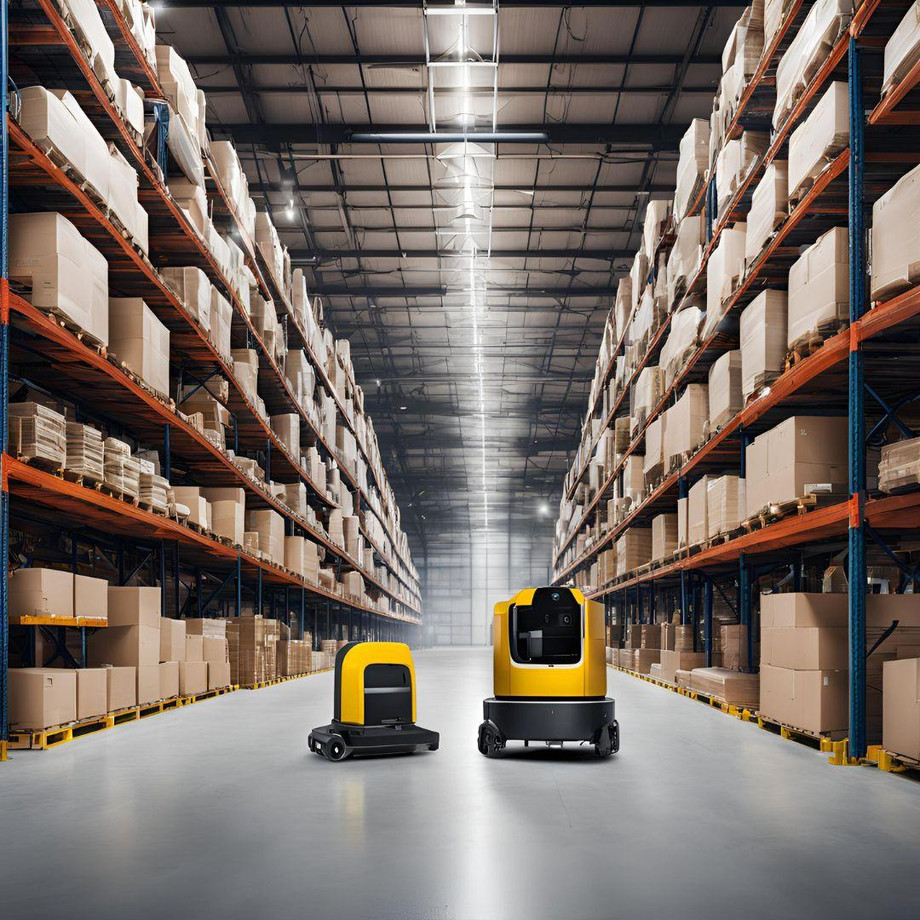-
Shift from Analog to Digital:
- Initial automotive camera relied on analog systems, offering limited resolution and accuracy.
- Modern systems employ high-definition digital sensors, ensuring sharper visuals and improved performance in various lighting conditions.
-
Integration with ADAS (Advanced Driver Assistance Systems):
- Surround view and RVCs are now core components of ADAS, aiding in lane departure warnings, collision avoidance, and adaptive cruise control.
- Enhanced image processing algorithms allow cameras to differentiate between objects, reducing false positives.
-
Sensor Fusion Technology:
- Combines data from cameras, LiDAR, and radar to provide comprehensive situational awareness.
- Enables seamless 360-degree views, making it invaluable for complex driving scenarios.
Applications of Surround View and RVC in Modern Vehicles
-
Parking Assistance Systems:
- Surround view cameras eliminate blind spots, providing real-time panoramic visuals during parking.
- Features like trajectory guidance ensure precise maneuvering in tight spaces.
-
Improved Vehicle Security:
- RVC systems with motion detection monitor surroundings even when vehicles are parked.
- Integration with mobile apps allows users to access live footage remotely, enhancing security.
-
Enhanced Off-Road Capabilities:
- Surround view systems are tailored for rugged terrains, offering clear visuals of obstacles.
- Enables safer navigation for off-road enthusiasts and utility vehicles.
-
Trailer Towing Assistance:
- Advanced RVCs simplify hitch alignment by providing a top-down view of the trailer and tow vehicle.
- Dynamic guidelines make it easier to adjust angles and prevent collisions.
Technological Innovations in Surround View and RVC Systems
-
Ultra-Wide-Angle Lenses:
- Deliver distortion-free imagery, ensuring accurate depth perception.
- High-performance lenses enhance clarity in both day and night conditions.
-
AI-Powered Object Recognition:
- Cameras now use AI to identify pedestrians, cyclists, and vehicles with unparalleled accuracy.
- Real-time alerts increase safety for both drivers and vulnerable road users.
-
Low-Light and Night Vision Enhancements:
- Infrared capabilities enable clear visuals in dim environments, such as unlit roads or tunnels.
- Noise-reduction technology improves image quality under challenging conditions.
-
Dynamic Calibration Systems:
- Automatically adjust camera settings based on environmental factors like weather and lighting.
- Maintains optimal performance without manual interventions.
Benefits of Surround View and RVC Systems
-
Increased Driver Confidence:
- Real-time feedback reduces stress in challenging driving conditions, such as congested urban areas.
- The intuitive interface ensures ease of use, even for less experienced drivers.
-
Reduction in Accidents:
- Surround view eliminates blind spots, drastically reducing the risk of collisions.
- Rear-view alerts prevent backing into objects, particularly in crowded spaces.
-
Cost Efficiency for Fleet Operations:
- Fleet managers benefit from reduced repair costs due to fewer accidents.
- Remote monitoring capabilities enhance operational efficiency and vehicle utilization.
Challenges and Future Prospects
-
Data Processing and Latency Issues:
- High-resolution video feeds require robust computing power, sometimes leading to delays.
- Future advancements in chipsets and processors aim to resolve these bottlenecks.
-
Environmental Impact on Sensors:
- Extreme weather conditions like rain, snow, or fog can affect camera performance.
- Protective housings and self-cleaning lenses are being developed to address these challenges.
-
Integration with Autonomous Vehicles:
- Surround view and RVC systems are pivotal for Level 4 and 5 autonomy.
- Further improvements in machine learning algorithms will enhance decision-making capabilities.
-
Miniaturization and Cost Reduction:
- Compact designs and economies of scale will make these technologies accessible across vehicle segments.
- Affordable systems for entry-level cars could democratize advanced safety features.
Features to Look for in Surround View and RVC Systems
-
High Dynamic Range (HDR):
- Improves visibility in high-contrast environments, such as exiting dark garages into bright daylight.
-
Seamless Integration with In-Car Displays:
- Unified interfaces ensure a cohesive user experience, merging camera feeds with navigation data.
-
Real-Time Streaming and Recording:
- Provides continuous monitoring for added security and post-incident analysis.
-
Customizable Viewing Angles:
- Users can adjust camera perspectives to suit specific tasks, such as reversing or parallel parking.
Industry Trends Driving Development
-
Electric Vehicles (EVs) and Advanced Camera Systems:
- The shift to EVs has amplified the demand for energy-efficient camera solutions.
- Lightweight systems contribute to overall vehicle efficiency.
-
5G Connectivity for Enhanced Functionality:
- Faster data transmission enables near-instantaneous communication between cameras and onboard systems.
-
Sustainability in Manufacturing:
- Eco-friendly materials and processes are gaining prominence in the production of automotive cameras.
-
Personalization Through Software Updates:
- Over-the-air (OTA) updates ensure cameras remain up-to-date with the latest features and fixes.
By merging cutting-edge technology with practical applications, surround view and RVC systems continue to redefine safety and convenience in the automotive industry. The continuous evolution promises even greater advancements, making these systems indispensable for modern vehicles.
To Know more about Automotive Camera

